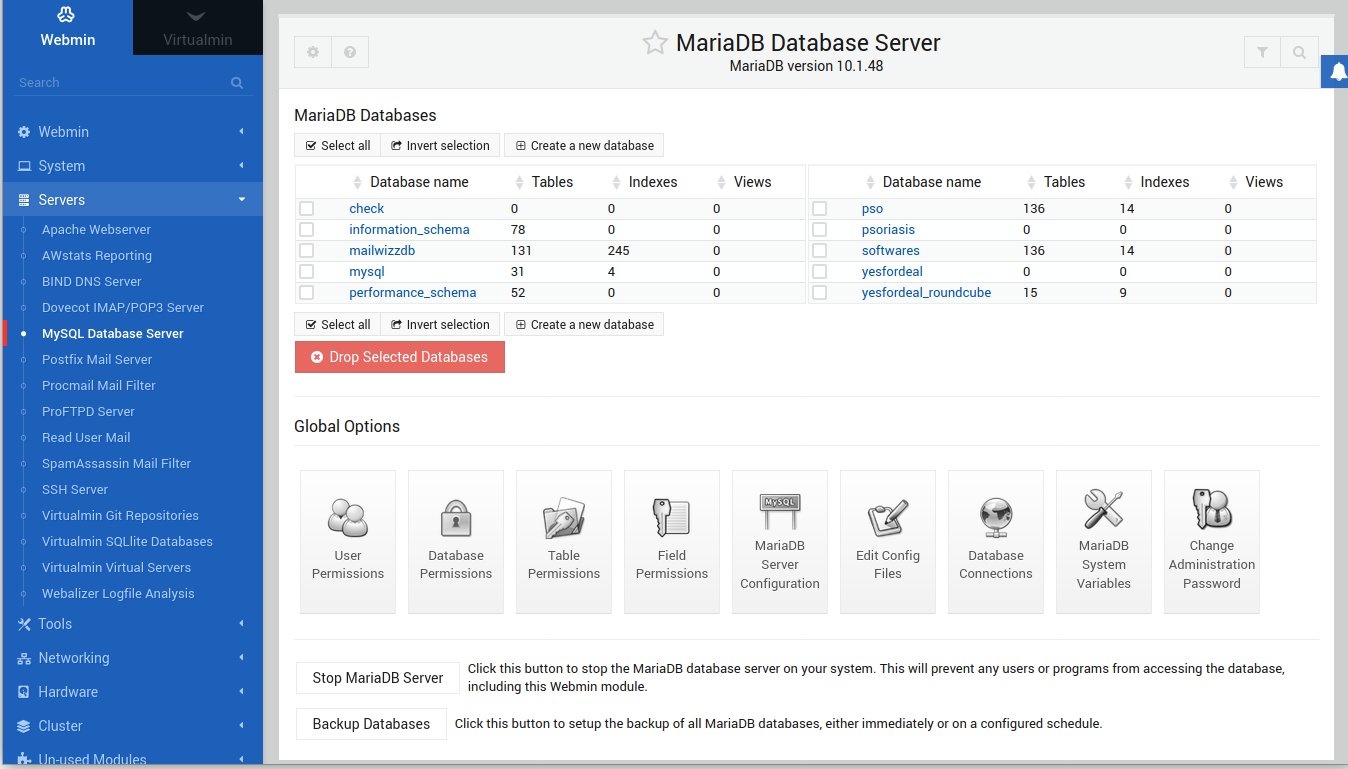To install microk8s, run
sudo snap install microk8s --classic
Enable rules in firewall
sudo ufw allow in on cni0
sudo ufw allow out on cni0
sudo ufw default allow routed
Enable addons
microk8s enable dns dashboard storage
To see status of current addons, run
microk8s status
Here is status for a defaul install
root@ip-172-26-0-217:~# microk8s status
microk8s is running
high-availability: no
datastore master nodes: 127.0.0.1:19001
datastore standby nodes: none
addons:
enabled:
ha-cluster # Configure high availability on the current node
disabled:
ambassador # Ambassador API Gateway and Ingress
cilium # SDN, fast with full network policy
dashboard # The Kubernetes dashboard
dns # CoreDNS
fluentd # Elasticsearch-Fluentd-Kibana logging and monitoring
gpu # Automatic enablement of Nvidia CUDA
helm # Helm 2 - the package manager for Kubernetes
helm3 # Helm 3 - Kubernetes package manager
host-access # Allow Pods connecting to Host services smoothly
ingress # Ingress controller for external access
istio # Core Istio service mesh services
jaeger # Kubernetes Jaeger operator with its simple config
keda # Kubernetes-based Event Driven Autoscaling
knative # The Knative framework on Kubernetes.
kubeflow # Kubeflow for easy ML deployments
linkerd # Linkerd is a service mesh for Kubernetes and other frameworks
metallb # Loadbalancer for your Kubernetes cluster
metrics-server # K8s Metrics Server for API access to service metrics
multus # Multus CNI enables attaching multiple network interfaces to pods
portainer # Portainer UI for your Kubernetes cluster
prometheus # Prometheus operator for monitoring and logging
rbac # Role-Based Access Control for authorisation
registry # Private image registry exposed on localhost:32000
storage # Storage class; allocates storage from host directory
traefik # traefik Ingress controller for external access
root@ip-172-26-0-217:~#
To see all pods/services/deploymens, run
microk8s kubectl get all --all-namespaces
To avoid typing microk8s before kubectl, run
alias kubectl="microk8s kubectl"
You can add this to .bashrc to make it permanent.
To run an nginx container
root@ip-172-26-0-217:~# microk8s kubectl create deployment nginx --image=nginx:latest
deployment.apps/nginx created
root@ip-172-26-0-217:~# microk8s kubectl get pods
NAME READY STATUS RESTARTS AGE
nginx-55649fd747-xngk5 1/1 Running 0 106s
root@ip-172-26-0-217:~#
To expose the nginx deployment to public, run
kubectl expose deployment nginx --port 80 --target-port 80 --type ClusterIP --name nginx --external-ip 172.26.0.217
Here –external-ip 172.26.0.217 is IP of the node. In this case, it is internal IP of Amazon ec2 sevrer (eth0 IP).
The above expose command create a service
root@ip-172-26-0-217:~# kubectl get services
NAME TYPE CLUSTER-IP EXTERNAL-IP PORT(S) AGE
kubernetes ClusterIP 10.152.183.1 443/TCP 45m
nginx ClusterIP 10.152.183.11 172.26.0.217 80/TCP 8s
root@ip-172-26-0-217:~#
To undo the expose command, you need to delete the service with name nginx.
root@ip-172-26-0-217:~# kubectl delete services nginx
service "nginx" deleted
root@ip-172-26-0-217:~#
See Kubernetes




